al-Aisa/Qinnasrin العيسى/قنسرين
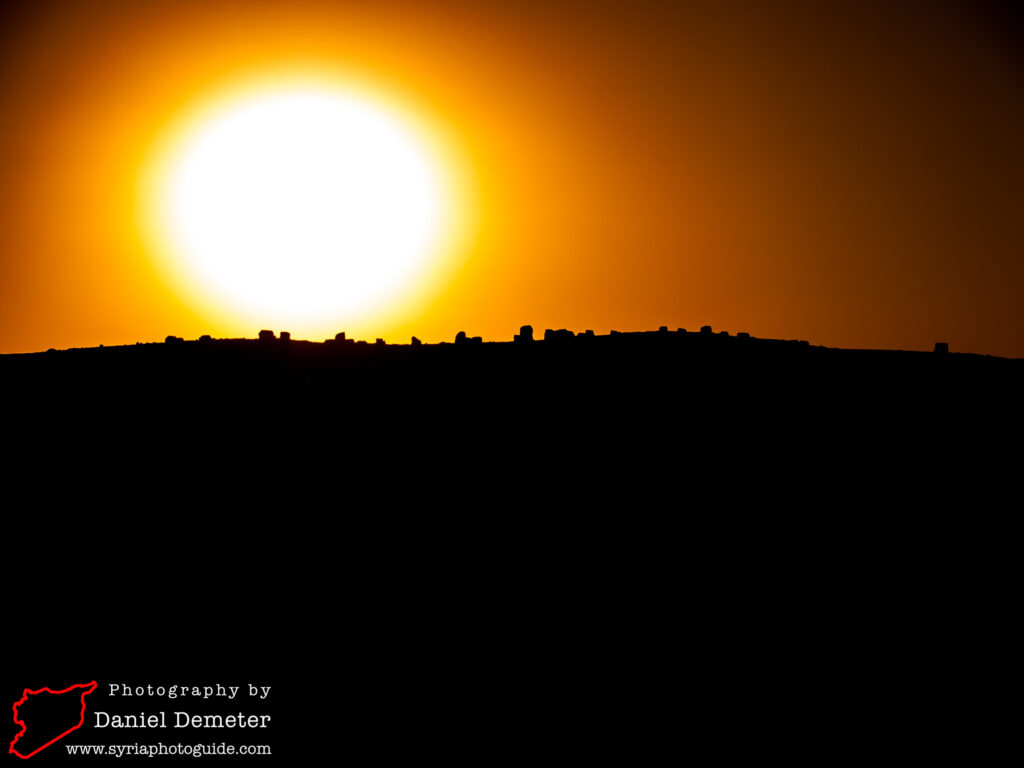
Qinnasrin (قنسرين), located in the modern village of al-Aisa (العيسى), is the site of the ancient Chalcis ad Belum. This was an important city during the Roman period, more centrally located than Aleppo (حلب), and a major transportation hub. Ancient roads connected Chalcis ad Belum with other Roman cities throughout the region. The hilltop location also provided commanding views over the surrounding countryside. While very little remains, at least above the surface, a visitor can at least explore the topography of the site and appreciate why this was such a strategic location in ancient times.
The site was founded under the Seleucids by Seleucus I Nicator, but the city may have fallen under Arab control as Seleucid authority weakened in the area. Chalcis ad Belum was at its height during the Roman period, at which time substantial fortifications were constructed. The city was the seat of a minor Roman client kingdom under three tetrarchs of the Herodian dynasty, Herod of Chalcis (died AD 48), Herod Agrippa II (ruler of Chalcis from AD 48-53), and Aristobulus of Chalcis (ruler of Chalcis from AD 57-92). Third century Neoplatonist philosopher Iamblichus was born here, as was Rabbula, the bishop of Edessa from 411 to 435.
In 540, the Sassanid ruler Khosrau I and his army appeared before Chalcis ad Belum and extracted two hundred pounds of gold as ransom in return for sparing the city. Emperor Justinian later rebuilt and expanded upon the city fortifications as part of his efforts to protect Byzantine territory from threats posed by the Persians, work carried out by Isidore the Younger (a nephew of Isidore of Miletus) in around 550. The Sassanids took control of the city in 608-609, during the Byzantine–Sassanid War of 602–628, and kept it until the end of the war. Barely ten years later, in 636-637, it fell to the Arabs after a brief resistance.
The city saw some revival when the administrative headquarters for a new Umayyad province covering northern Syria was established nearby. However, the town was repeatedly attacked and sacked by the Byzantines during the latter stages of the Arab–Byzantine wars, in 966, 998 and 1030. The city was finally destroyed by the Seljuq Turks towards the end of the 11th century. Qinnasrin never regained its former significance, and survived only as an arsenal and caravansarai before being finally deserted around 1200.
The acropolis stood on the large archaeological mound to the south of the modern village. Little is visible above the surface, though one can trace the outer fortifications, and occasional pillars can be found half-buried underground. If the site is ever properly excavated, there could be a lot more to see here. For now, the most impressive aspect of the acropolis are the views. The modern village, to the north of the archaeological mound, was built over the remains of the lower town. Even further north, extending to the Muslim saint’s tomb from which the modern place name originates, was the necropolis. Many stone quarries and rock-carved tombs can be found in this area, apparently uncovered by unauthorized excavations. The whole city was once surrounded by four kilometers of defensive walls.
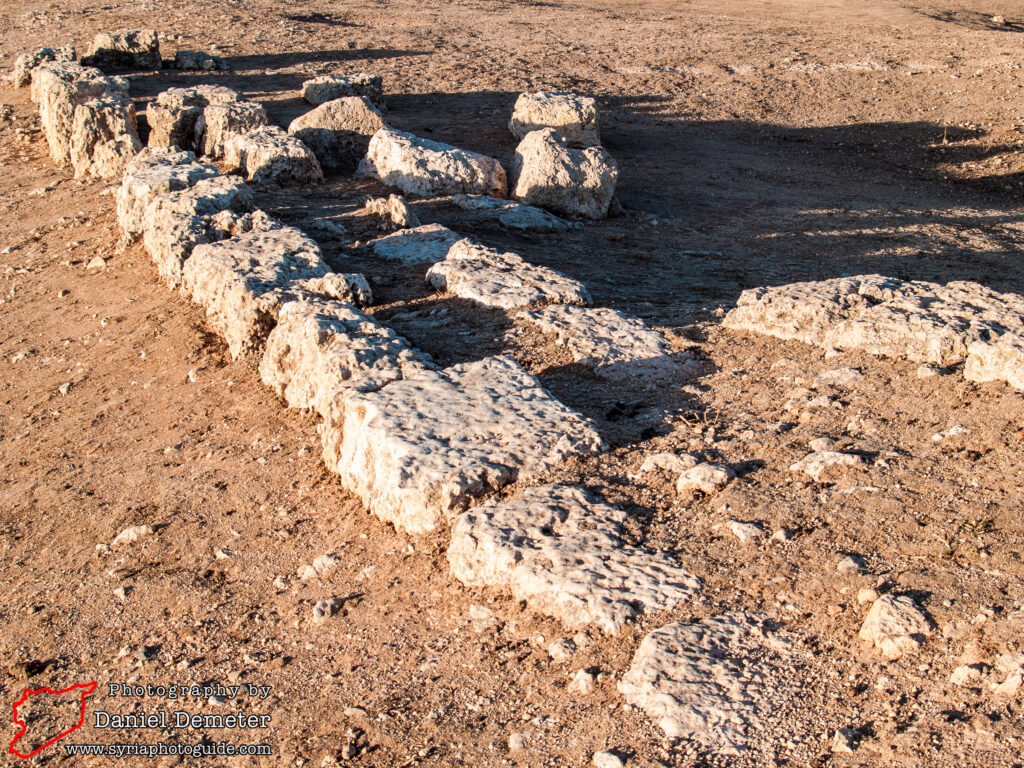
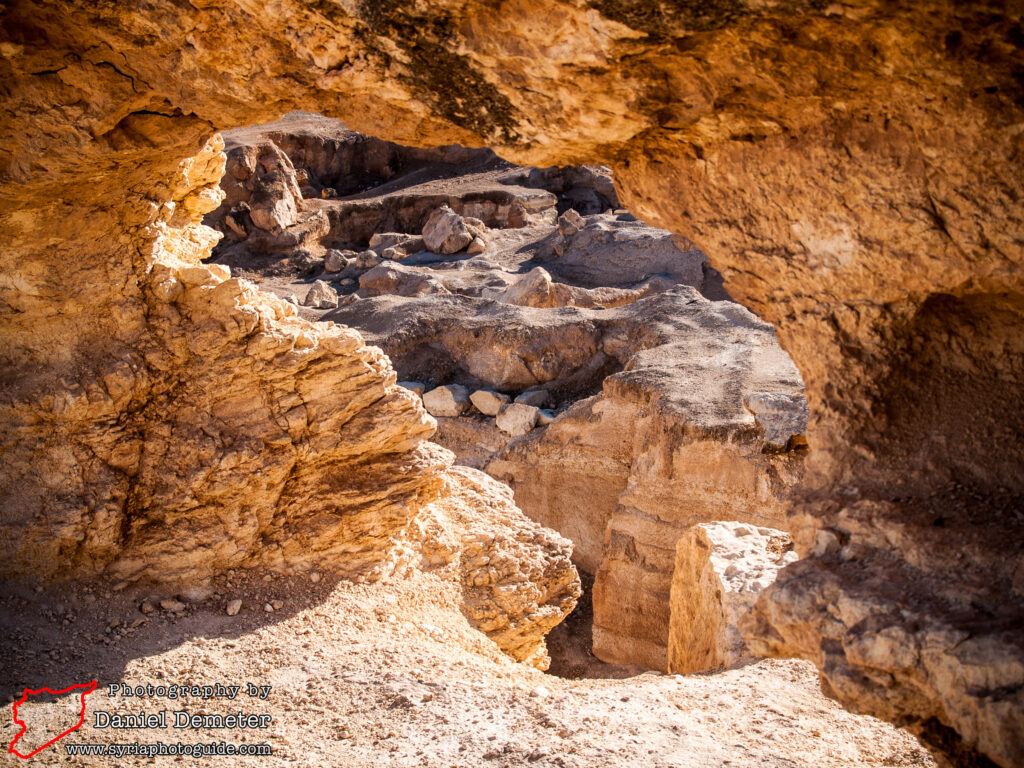
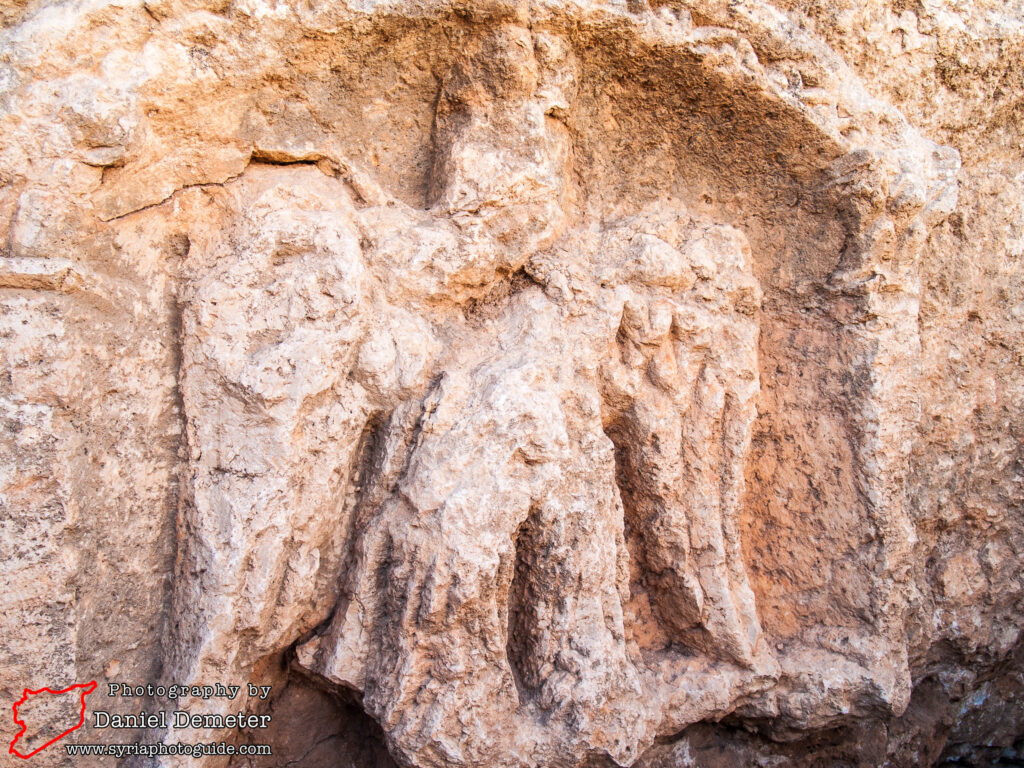
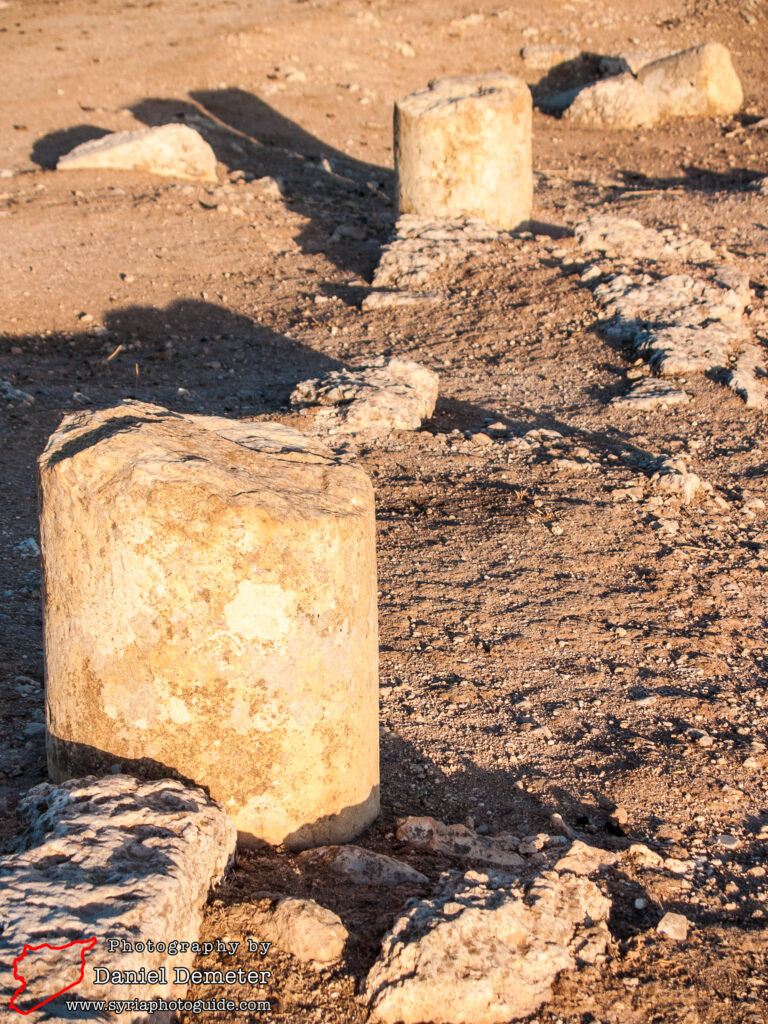
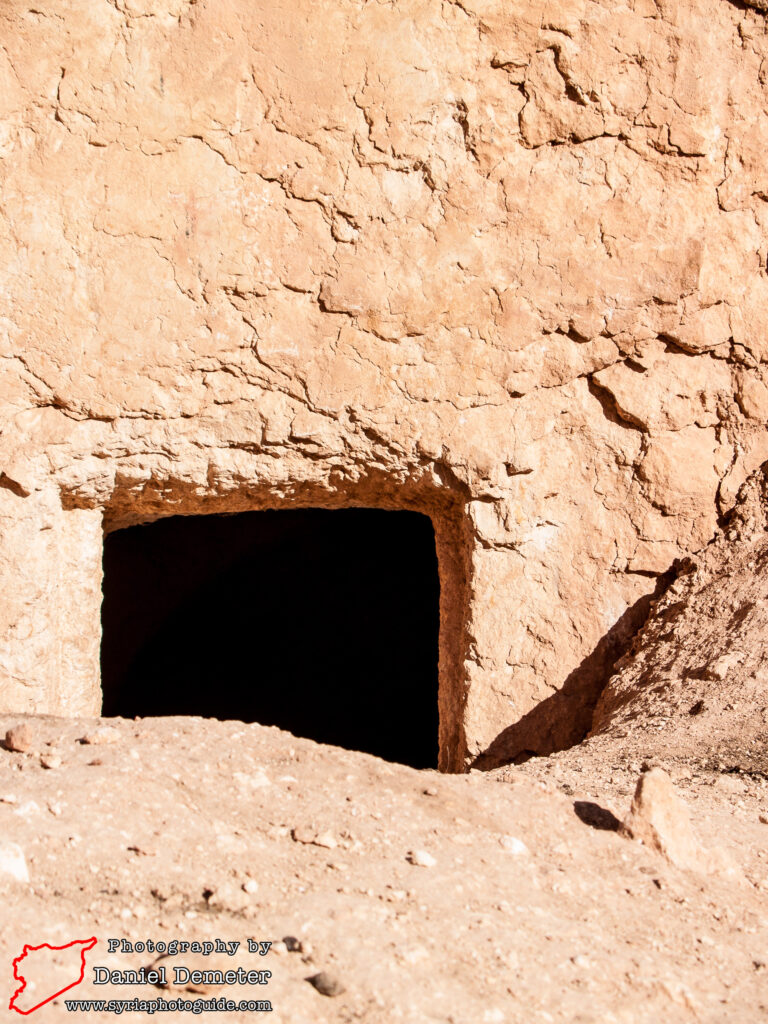
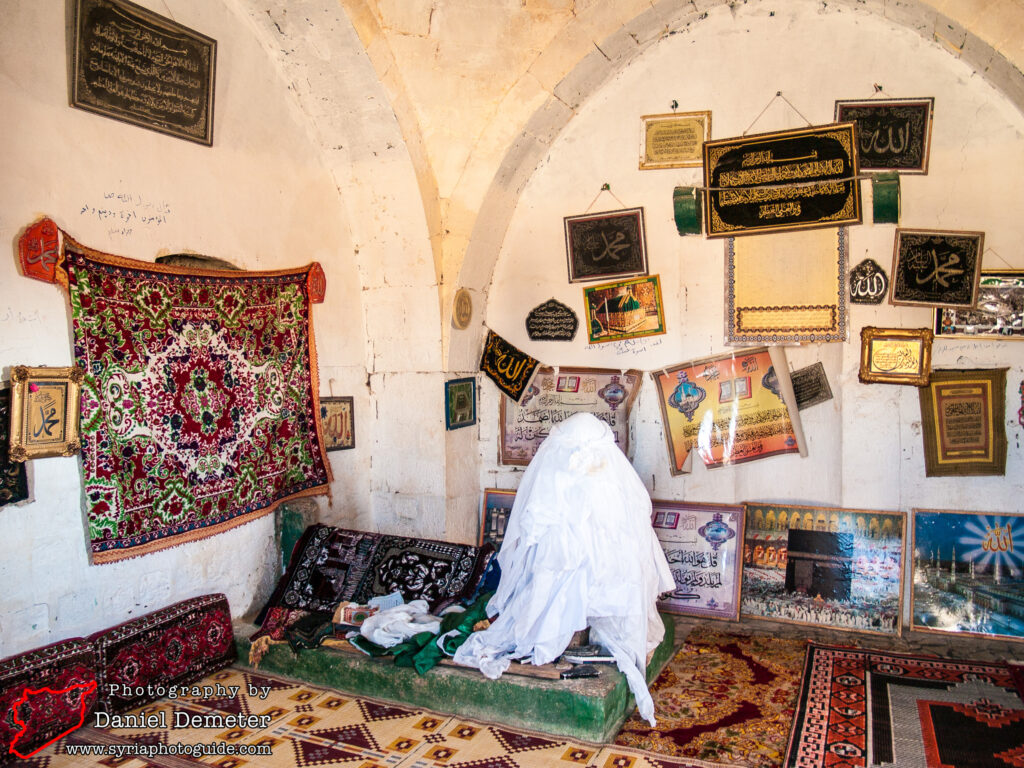
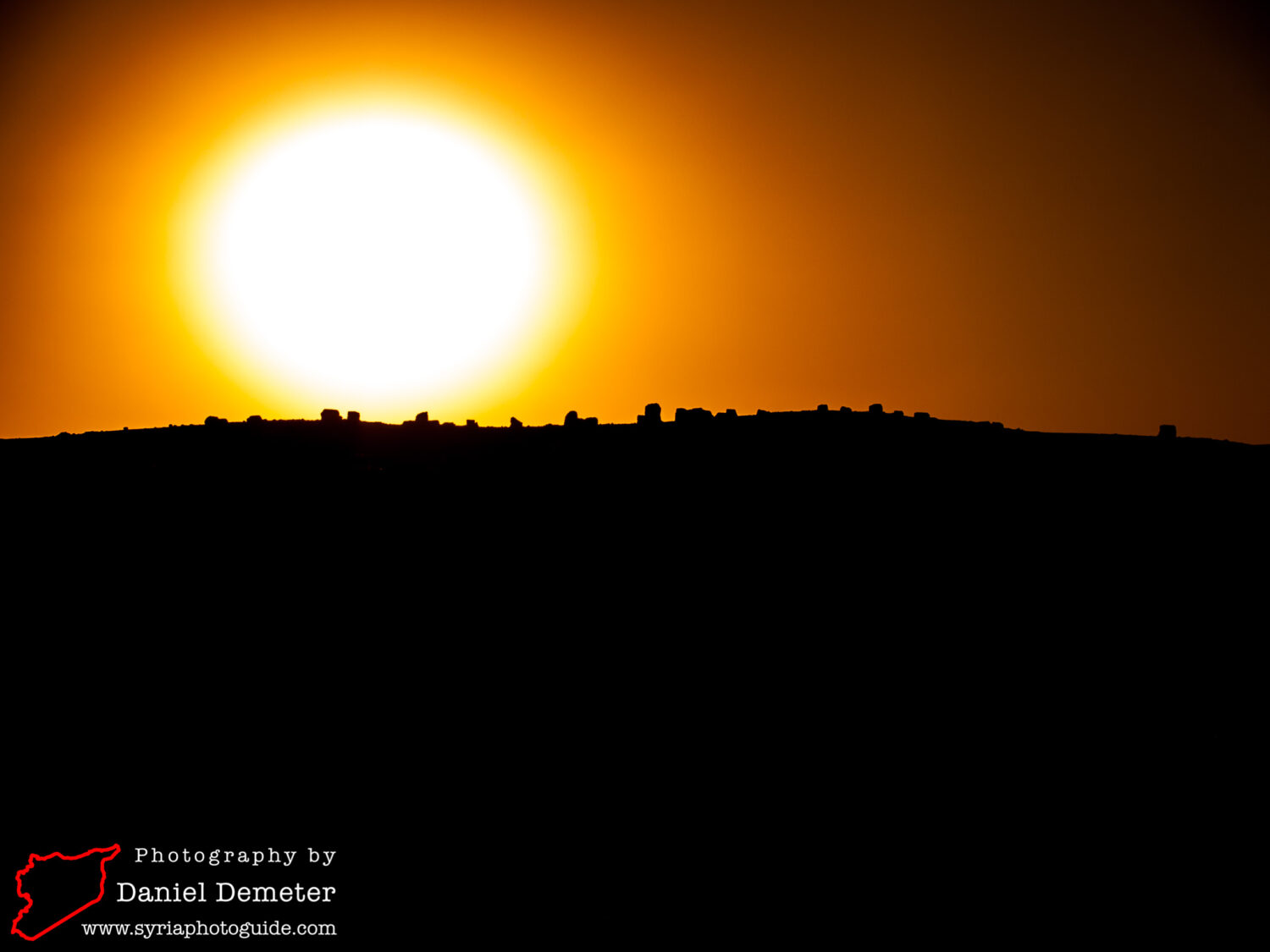

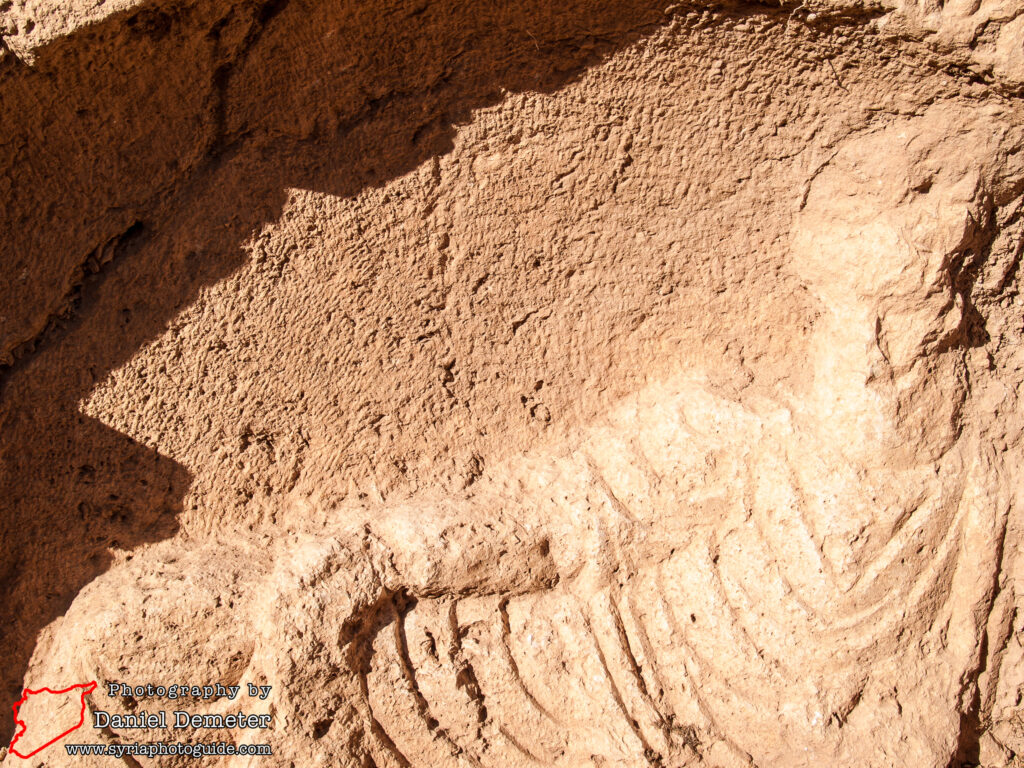
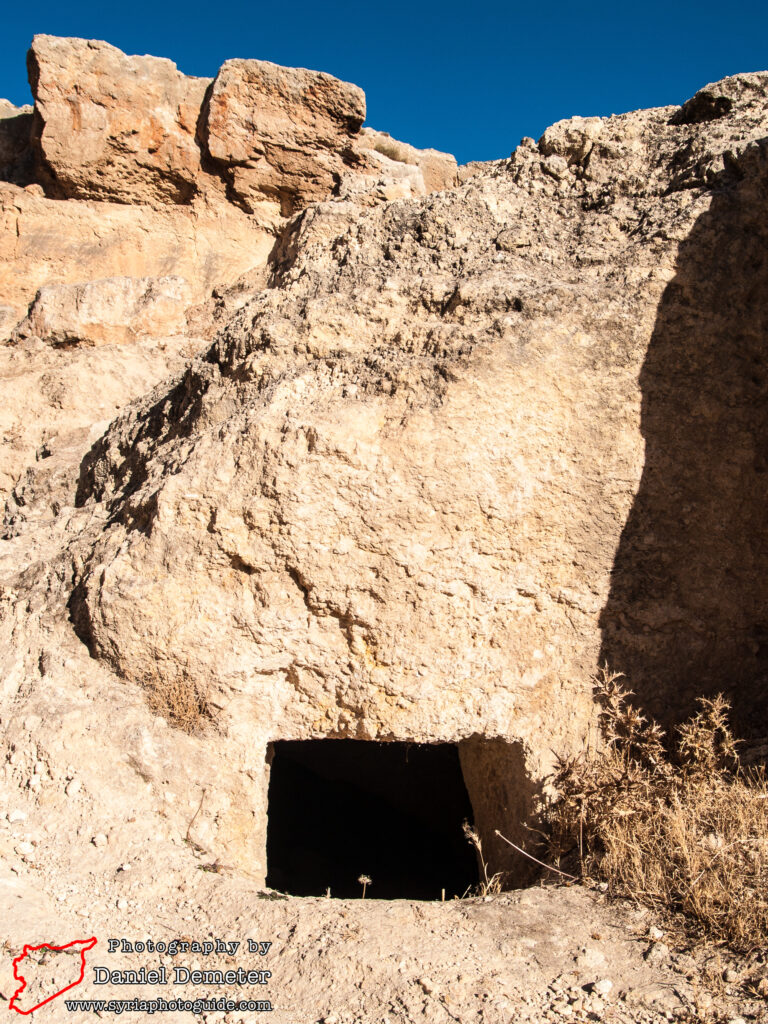
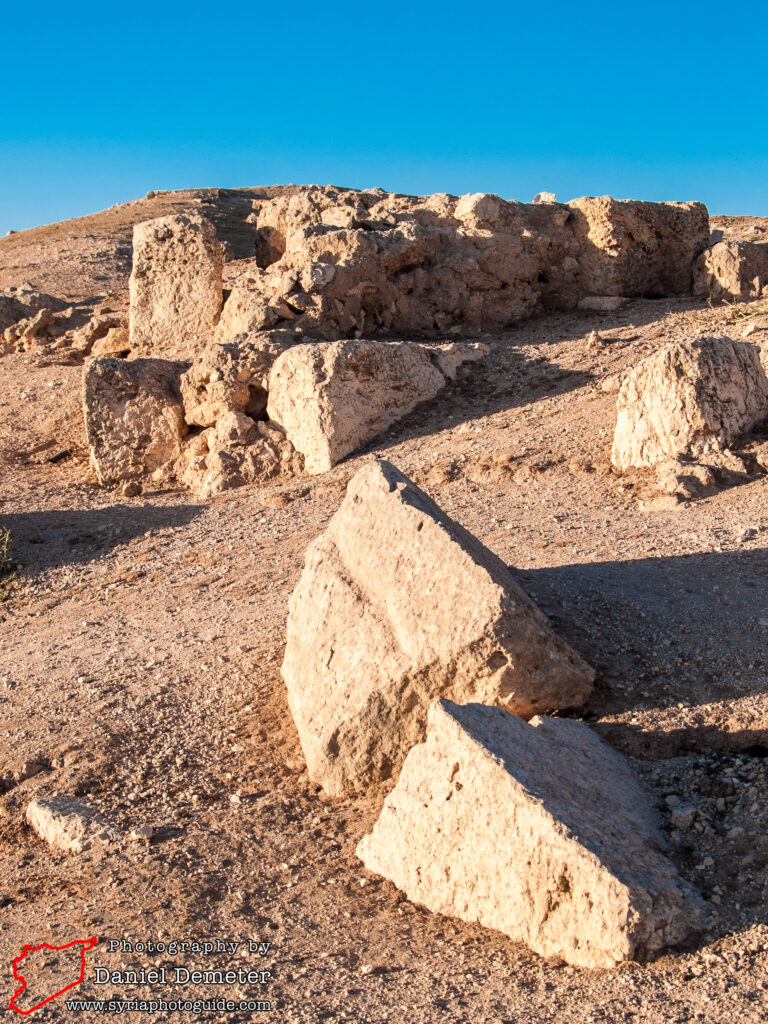
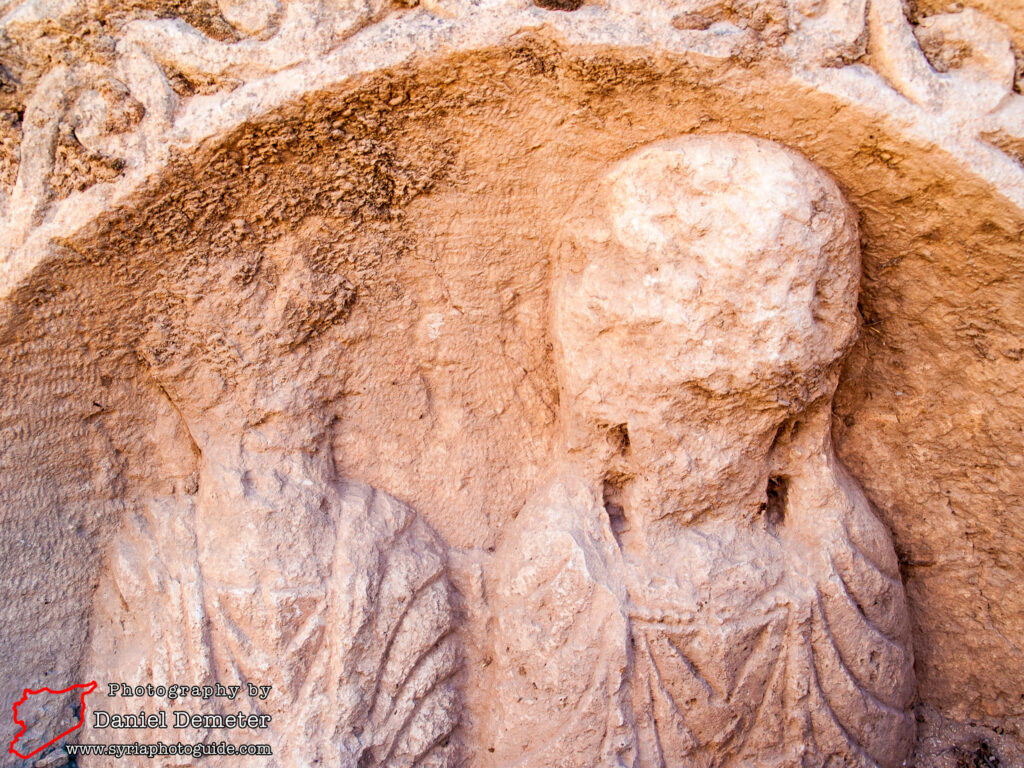
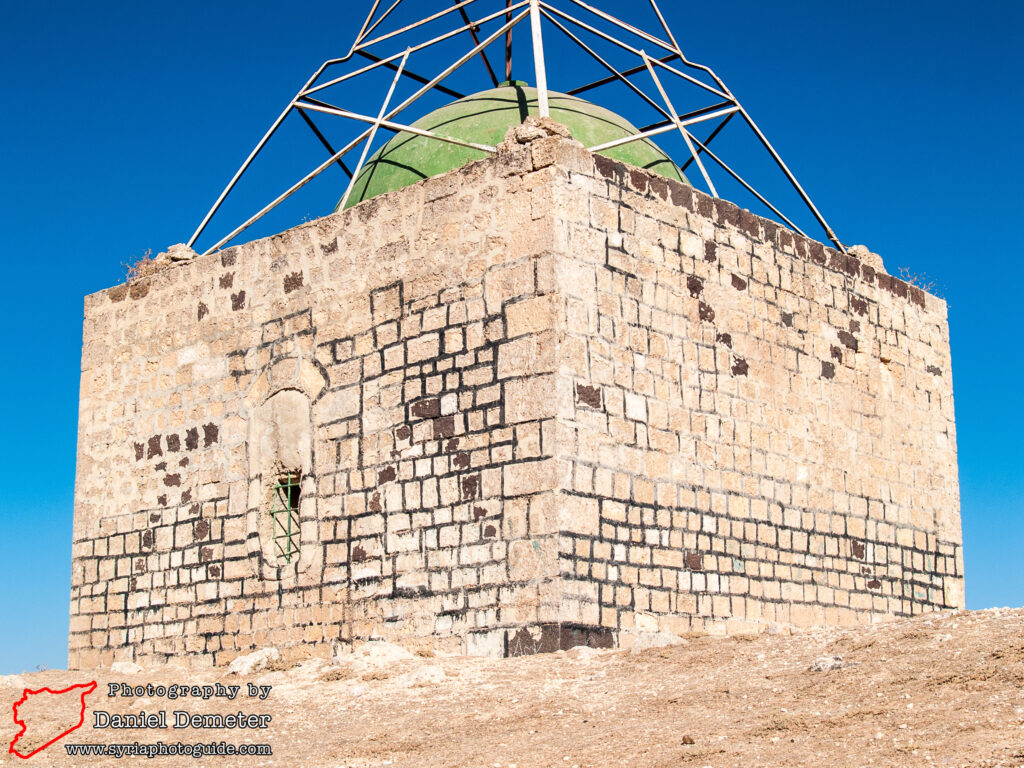
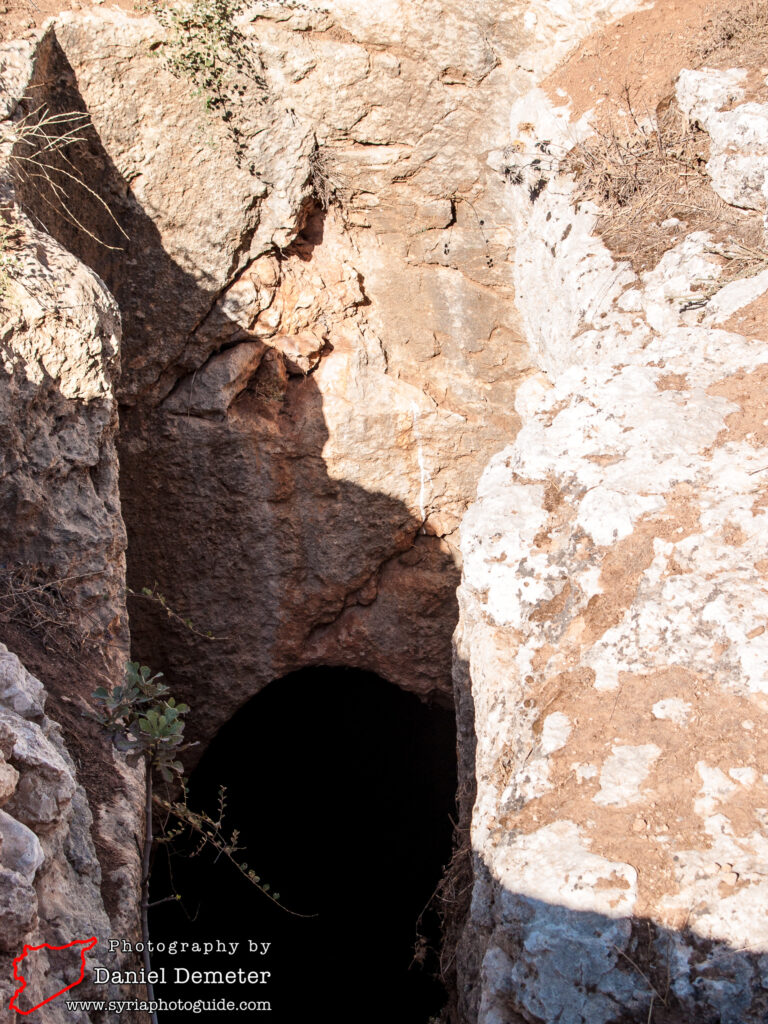
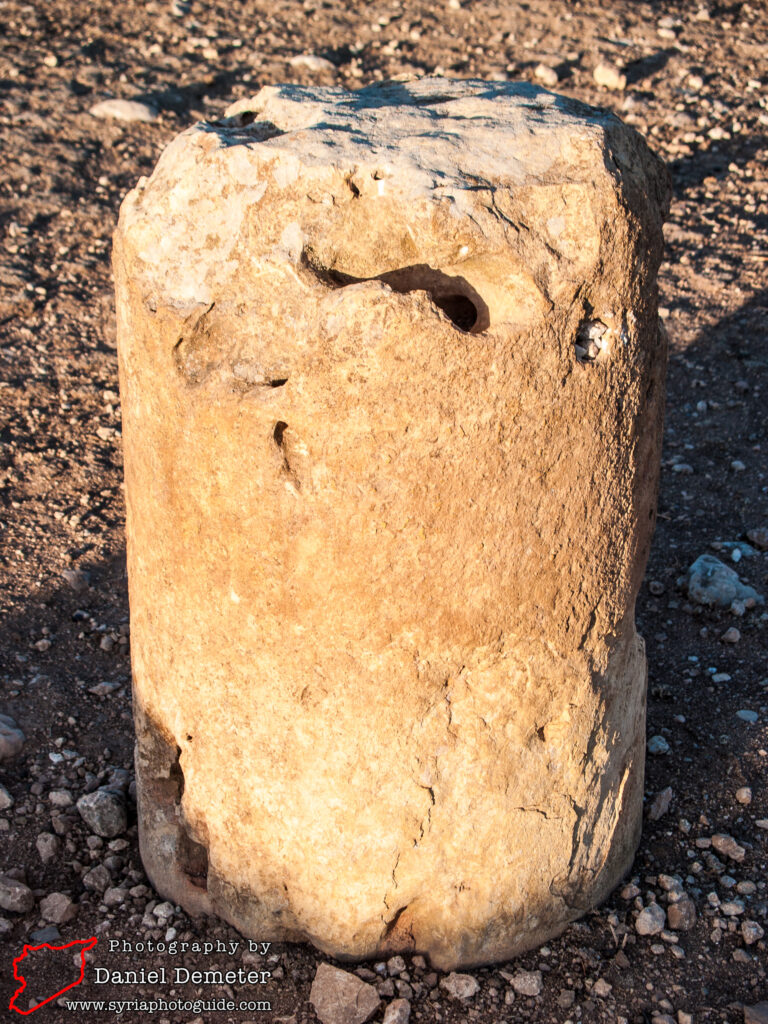
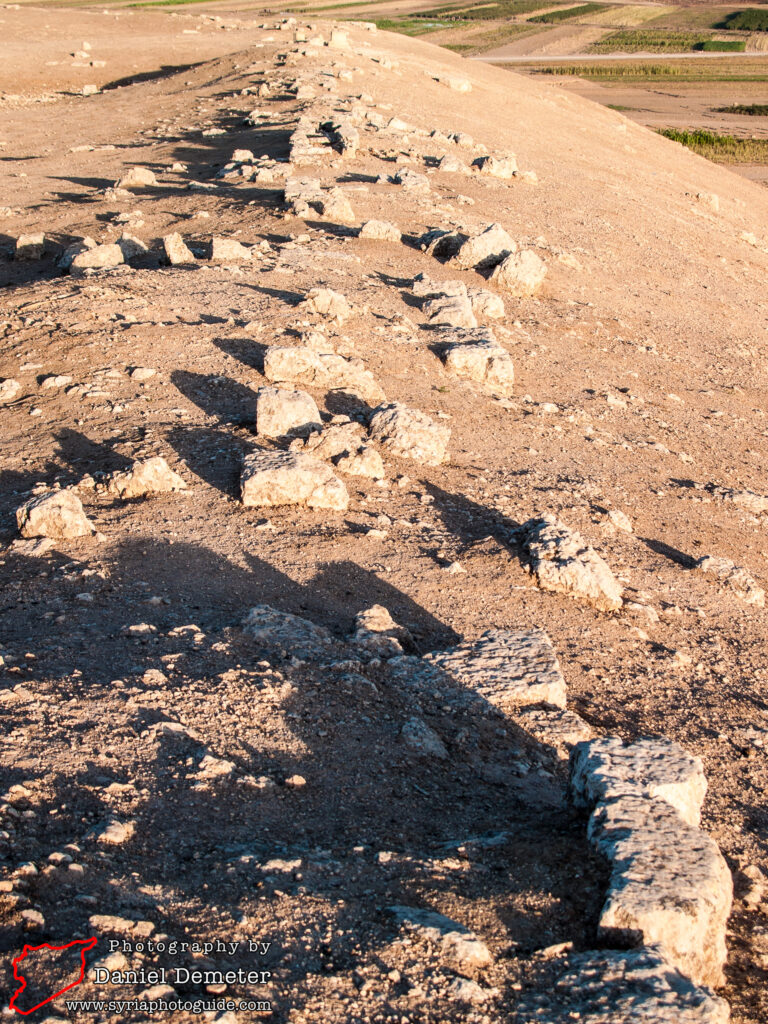
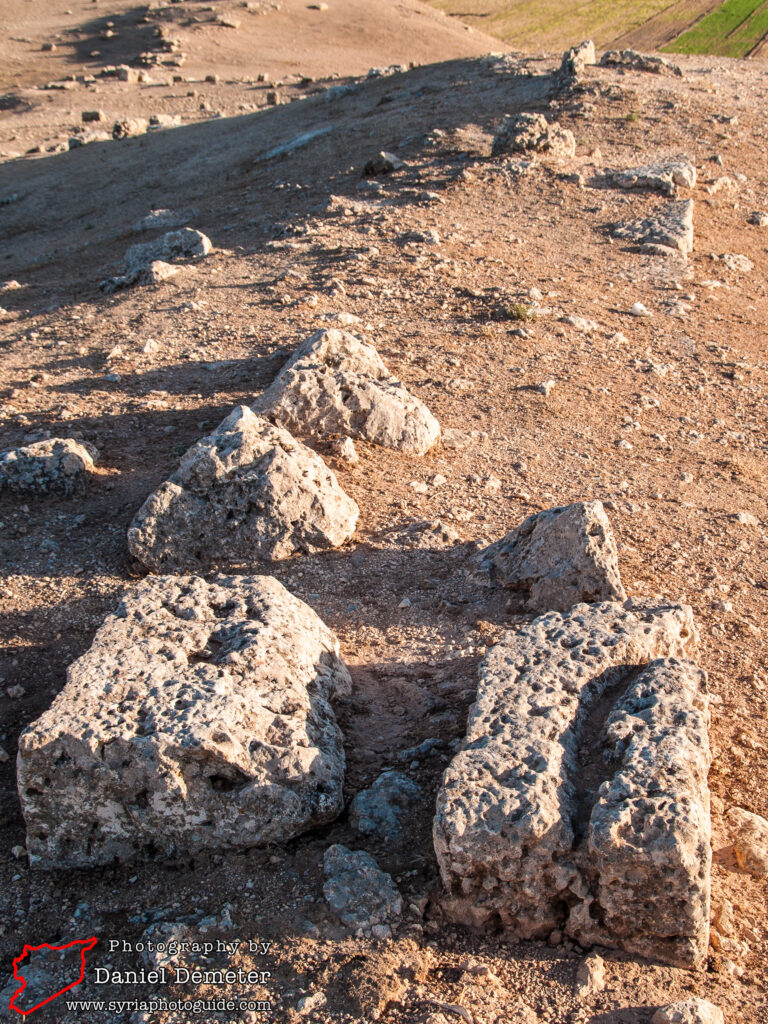
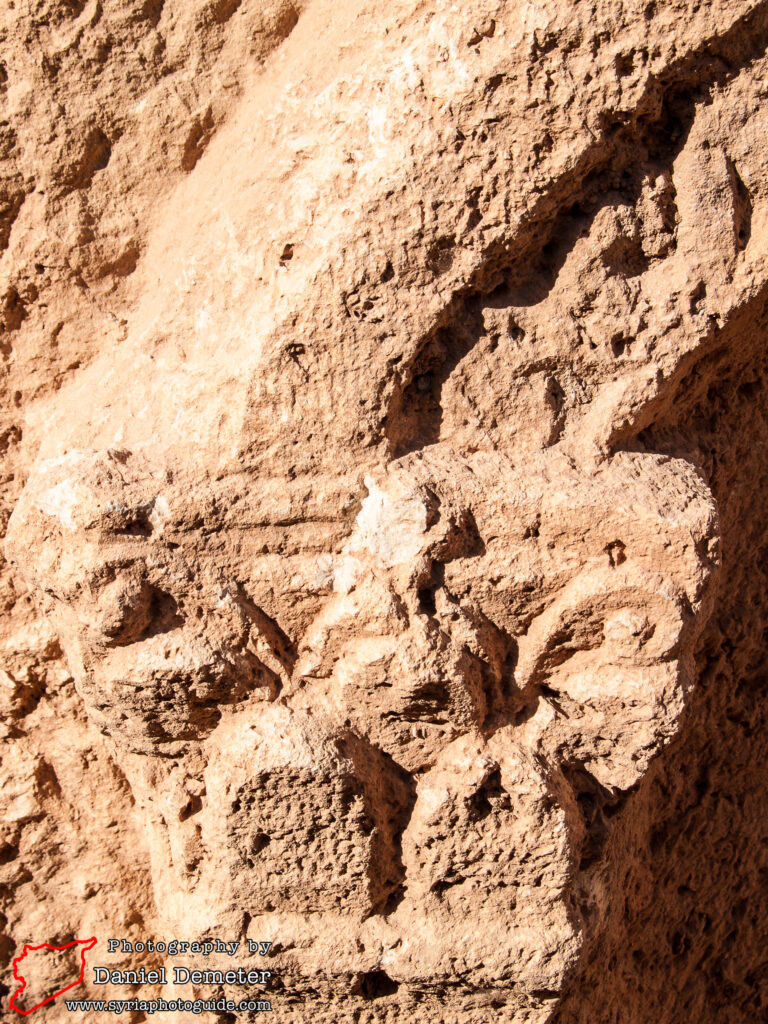
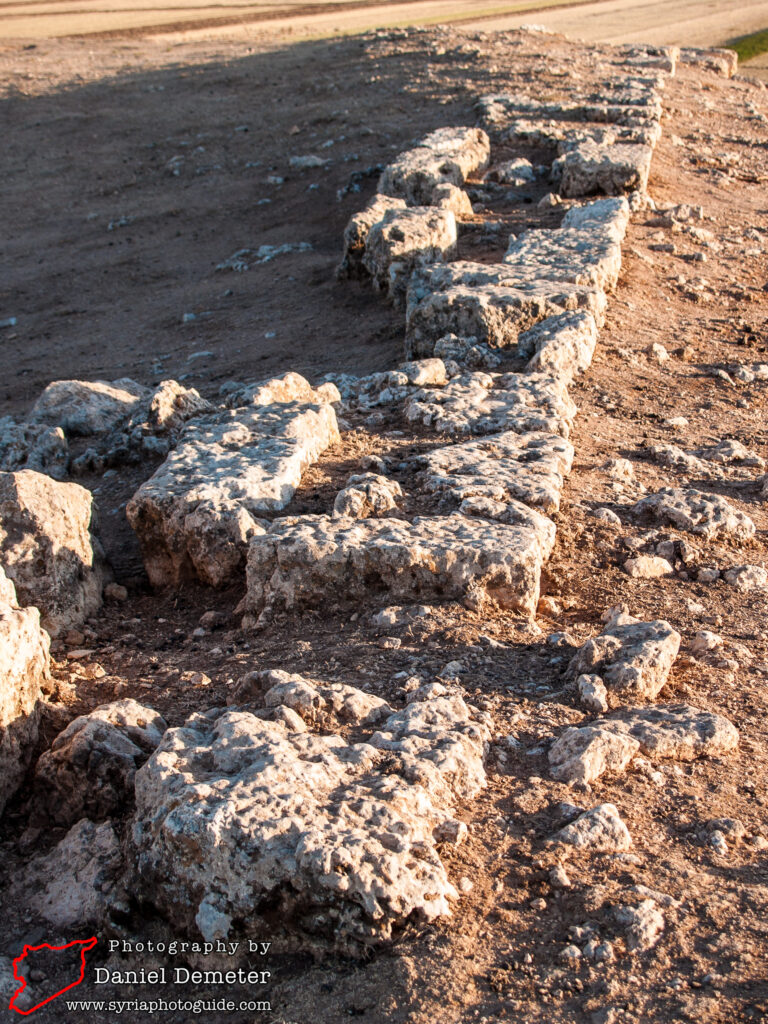
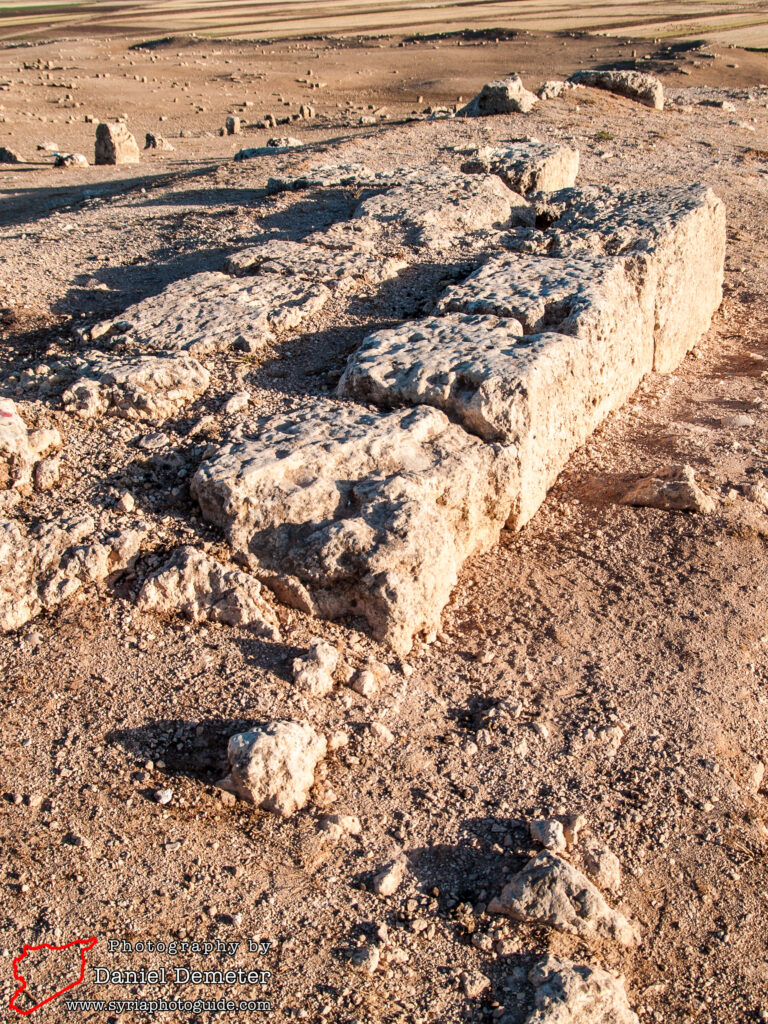
Getting There: The modern village of al-Aisa (العيسى) is located approximately twenty-five kilometers southwest of Aleppo (حلب). Infrequent microbuses travel from Aleppo (حلب) to al-Aisa (العيسى) and surrounding villages. You will need to ask around to find the appropriate microbus, which may have a destination of Zarbeh (زربة), another nearby village. The trip takes less than thirty minutes.
Coordinates: 35°59’22.21″N / 37°00’14.24″E
Transliteration Variants: Qinnesrin
Rating: 2 / 10
